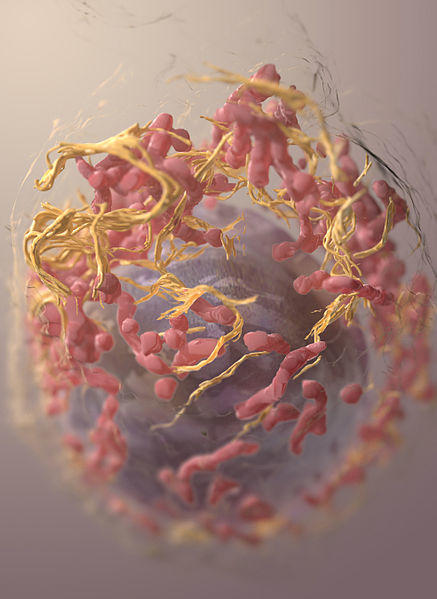New on Cancer.gov: Resources on Melanoma Therapies
, by NCI Staff
Comparing the treatment options available to patients with an advanced form of the skin cancer melanoma today and those available just 5 years ago is “like night and day.” That’s how Dr. Howard Streicher of NCI’s Cancer Therapy Evaluation Program describes what has been a dramatic shift in the treatment landscape for melanoma.
Although melanoma represents less than 5 percent of skin cancer diagnoses (the most common types are basal cell carcinoma and squamous cell carcinoma), it’s the cause of most skin cancer deaths.
Unfortunately, melanoma incidence has been slowly but steadily increasing over the past four decades. Until recently, there were few effective treatments for patients with advanced melanoma—that is, those whose cancer has spread, or metastasized, from its initial location to other parts of the body.
But that all began to change in the summer of 2011, when the Food and Drug Administration (FDA) approved two new therapies for melanoma: ipilimumab (Yervoy®) and vemurafenib (Zelboraf®). Both were approved based on clinical trials that showed they lengthened the survival of patients with advanced melanoma.
In the ensuing years, five additional therapies have been approved to treat advanced melanoma (one of which is a combination of two of the newly approved drugs).
Several new resources that provide more details about the changing treatment landscape for advanced melanoma have recently been added to Cancer.gov.
- “New Treatments Are Changing the Outlook for Advanced Melanoma,” an in-depth look at these recently approved therapies, how they work, their side effects, and how clinicians are using them in everyday patient care
- A summary of recently published findings from a phase III clinical first trial that showed that patients with advanced melanoma who received a new immune-based therapy, nivolumab, lived longer than those who received the chemotherapy drug dacarbazine
- A summary of recently published findings from two phase III trials that showed that patients with advanced melanoma who were treated with a combination of two targeted therapies lived longer than those treated with a single targeted therapy.
Even with the progress that’s been made, there is still room for improvement, Dr. Streicher noted. “As we learn more about immune targets, the role of the tumor environment in melanoma, and how to use combinations of treatments, we may be on the road to the long-term control of this disease in many patients,” he said.
